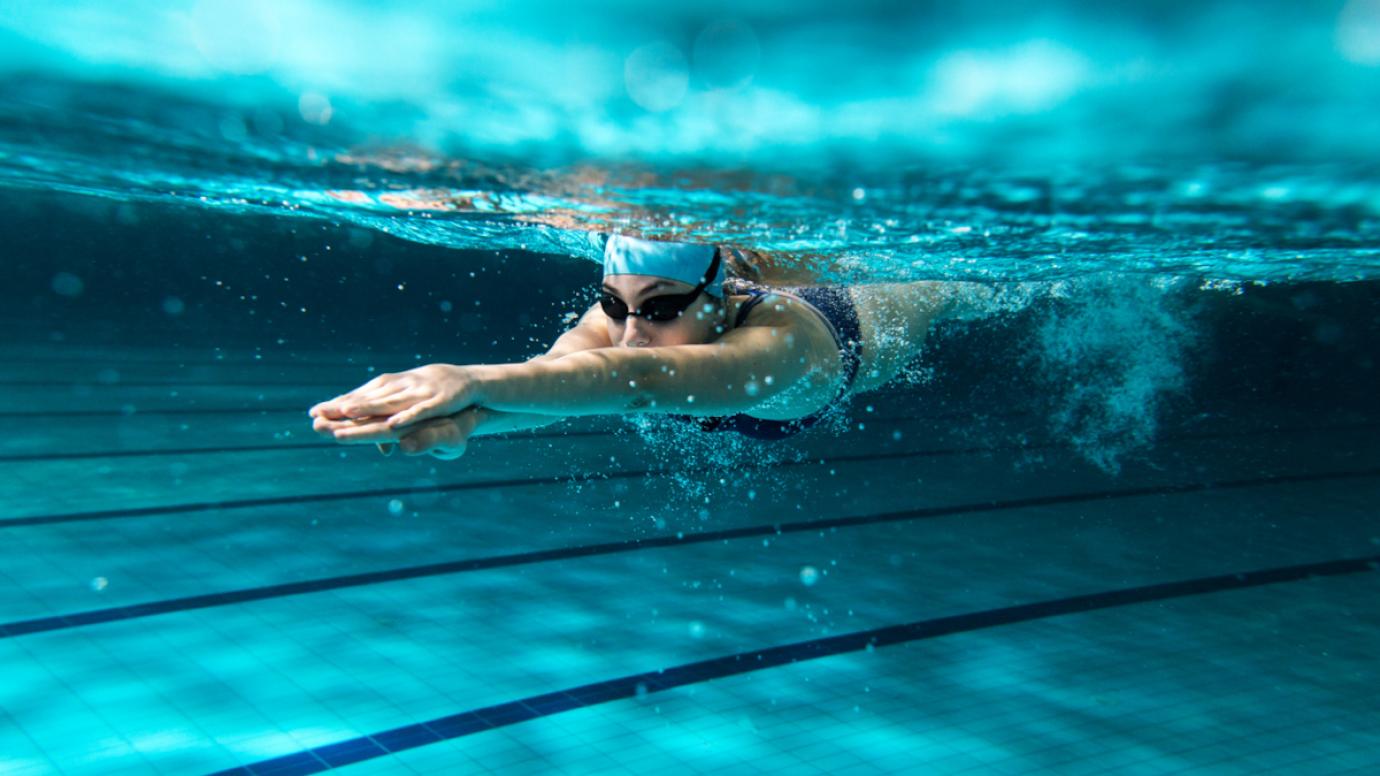New study on the European Sport Model
The study identifies the main features of the European Sport Model and examines the key trends that are influencing the changing understanding of the Model.

The European Sport Model is a key topic in the EU Work Plan on Sport 2021-2024. The Work Plan mandates the European Commission to investigate the impact of closed sport competitions on the organised sport system, taking into account sport's unique characteristics and examining the potential challenges faced by European sport organisations and federations.
Through a mapping of the evolution of sport governance legislation, finances, and practices in different areas and different organised sports across time, the study aims to provide better informed evidence and background on what is happening to the European Sport Model as a whole.
It also sought to determine how the European Sport Model is adjusting to the various situations and contexts that affect organised sports in different European Union (EU) Member States.
Findings of the study
Overall, the research has shown there is broad support for the European Sport Model including its key features of open competition, solidarity and autonomy.
That the features are applied differently across sports highlights a degree of flexibility in how the model is applied.
This research review suggests that the application of the European Sport Model’s key features are evolving with continuing scope to reflect good practice principles in gender equality, sustainability and digitalisation development, as well as integrating additional elements such as increased transparency, strengthened solidarity mechanisms, and better embedding the core values of the EU.
Background
The European Sport Model
The Commission’s 2007 Whitepaper on Sport identifies the European Sport Model as having the following key characteristics
- hierarchical organisation following a pyramid structure from grassroots to elite level competitions
- a top-down approach and participation, with members adhering to organisational rules and the possibility of electing governing bodies
- the principle of promotion/relegation
- ‘financial solidarity’, which facilitates financial transfers between different levels and operators, specifically from the top to the bottom of the pyramid
- reliance on voluntary work
- the autonomy and independence of sporting organisations and representative bodies, guided by good-governance principles and practices
About this study
Ecorys and Kea were contracted in August 2021 by the Commission's Directorate-General for Education, Youth, Sport and Culture (DG EAC) to conduct this research on the European Sport Model.
The findings of this study are based on extensive desk research, stakeholder interviews and survey results.
Last updated:


